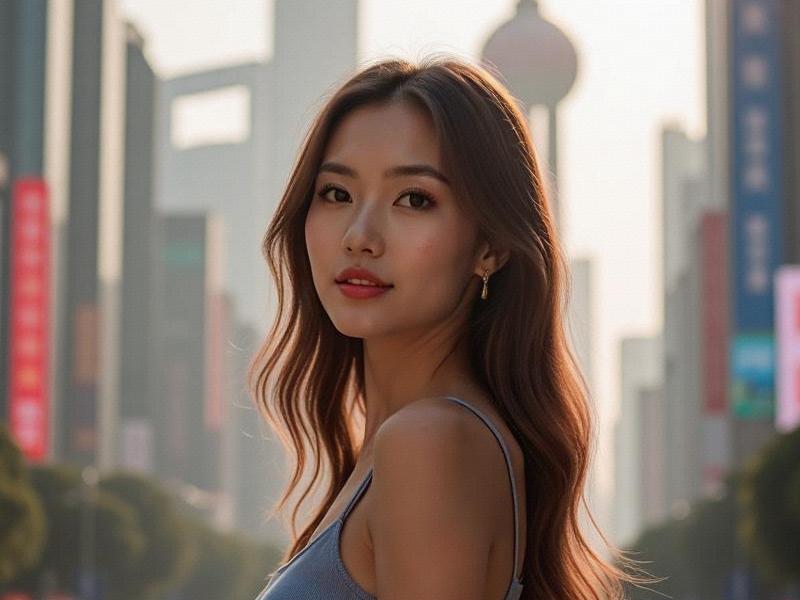This 2,200-word cultural analysis explores how educated, cosmopolitan Shanghainese women are redefining traditional gender roles while influencing China's fashion, business and social sectors through their unique blend of Eastern values and global perspectives.

The morning rush at Jing'an Temple metro station reveals a fascinating sociological phenomenon - thousands of impeccably dressed professional women commuting to multinational offices, their tailored qipao-inspired dresses and minimalist leather briefcases embodying Shanghai's unique fusion of tradition and modernity. These women represent the vanguard of China's urban feminine revolution.
Demographic Profile (2025 Data):
• Workforce Participation: 78% (vs national average of 63%)
• Average Marriage Age: 32.7 (up from 28.1 in 2015)
• Education Levels: 94% with bachelor's degrees or higher
• Entrepreneurship Rates: 38% higher than other Chinese cities
Three Cultural Archetypes Emerging:
上海龙凤419杨浦 1. The Hybrid Executive
- Fluent in East-West business practices
- Blends Confucian values with global management styles
- Case Study: Zhou Yilin, tech founder who raised $200M while championing flexible maternity policies
2. The Cultural Curator
- Reinvents traditional Chinese aesthetics
- Leads Shanghai's designer boutiques and art galleries
- Example: Xu Wen's "Neo-Shikumen" fashion line merging 1930s silhouettes with smart fabrics
上海贵族宝贝sh1314
3. The Social Innovator
- Leverages digital platforms for civic engagement
- 72% of Shanghai's social enterprises led by women
- Highlight: "Green Alley" recycling initiative founder Tang Xiaojing
Economic Impact:
• Controls 42% of household investment decisions
• Drives 68% of luxury goods purchases in Shanghai
上海水磨外卖工作室 • Accounts for 39% of fintech app development teams
Challenges and Contradictions:
- Work-life balance pressures
- Persistent glass ceilings in certain industries
- Navigating traditional family expectations
- Rising living costs in premium districts
As Shanghai positions itself as a global capital of culture, its women continue to redefine what it means to be modern, Chinese and feminine - creating blueprints that ripple across Asia and beyond. From the financial towers of Lujiazui to the art studios of M50, their influence reshapes not just a city, but contemporary conceptions of womanhood itself.